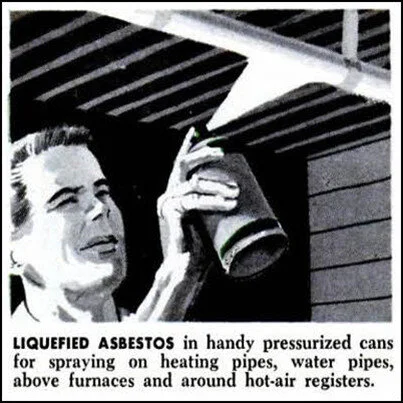How to Identify Asbestos
Who is this for: UK business owners who own or rent premises built before 2000.
How long will it take to read: 1 cup of coffee.
What is Asbestos?
Asbestos is a very dangerous substance which can cause diseases such as mesothelioma and asbestosis. Asbestos was identified as being harmful way back in Roman times as they gave guidance on not buying slaves who worked in asbestos mines because they died too early.
It wasn’t until 1999 that asbestos was banned from being used in the UK.
Does Asbestos Smell?
No. Asbestos has no smell. However, if you work in industry you may be accustomed to other materials that do ‘smell’ in which Asbestos is near, coated on, covering or hanging from.
How dangerous is asbestos?
Asbestos related diseases claim the lives of over 5,000 people in the UK every year. The thing is, as long as the asbestos is in good condition, it shouldn’t present any problem. When asbestos breaks down and its tiny fibres are released into the air, it can be inhaled. That’s where the problem starts.
How can I identify asbestos?
Asbestos was used in every building built before 2000 meaning you can find it pretty much anywhere. It was also used in cigarette filters (as if smoking wasn’t bad enough).
There are 3 main types of asbestos:
Blue Asbestos
White Asbestos
Brown Asbestos
Easy enough, just look out for the colours then, right? Unfortunately, unless you carry a microscope around with you, you’re not going to be able to tell if asbestos has been released.
Asbestos has no smell. Theoretically, you could walk into a room completely filled with asbestos (please don’t) and be none the wiser.
Real examples of asbestos in buildings
Who is at risk from asbestos exposure?
The 5 sectors that are at the highest risk of asbestos exposure are:
· Construction
· Maintenance of buildings (built before 2000)
· Shipbuilding
· Power Plants
· Factories
If you work in one of these industries, your risk of exposing employees to asbestos fibres is high unless it is suitably controlled. If you don’t know how to control asbestos, it would be a good idea to speak with a professional.
How to control asbestos
If you have premises that were built before 2000 in the UK, the law says you have to make sure asbestos is managed by at least an asbestos management plan. In some circumstances, you may need to do more, including removal.
How do I get rid of asbestos?
Most asbestos removal should be carried out by a licensed asbestos removal contractor. There are some exceptions to this rule. (If you have any questions about this, we are happy to answer them and make a recommendation).
What if I’m not sure it’s asbestos?
The law says that if you suspect a material is asbestos, that material MUST be treated as if it IS asbestos. (So follow all of the advice above).
For more information on asbestos, call us now on 0330 0948 848 (Option 1). Alternatively, you can visit our website.





